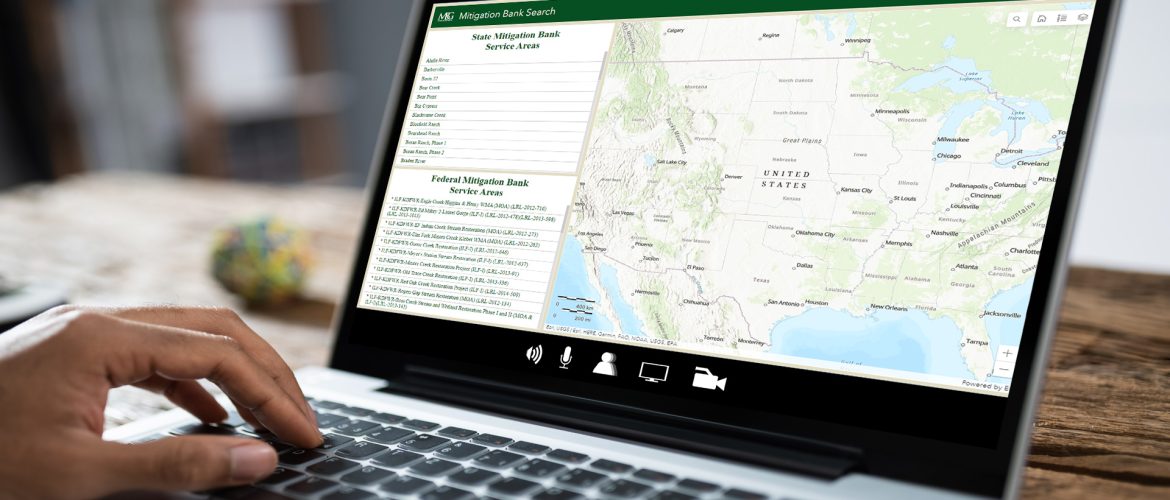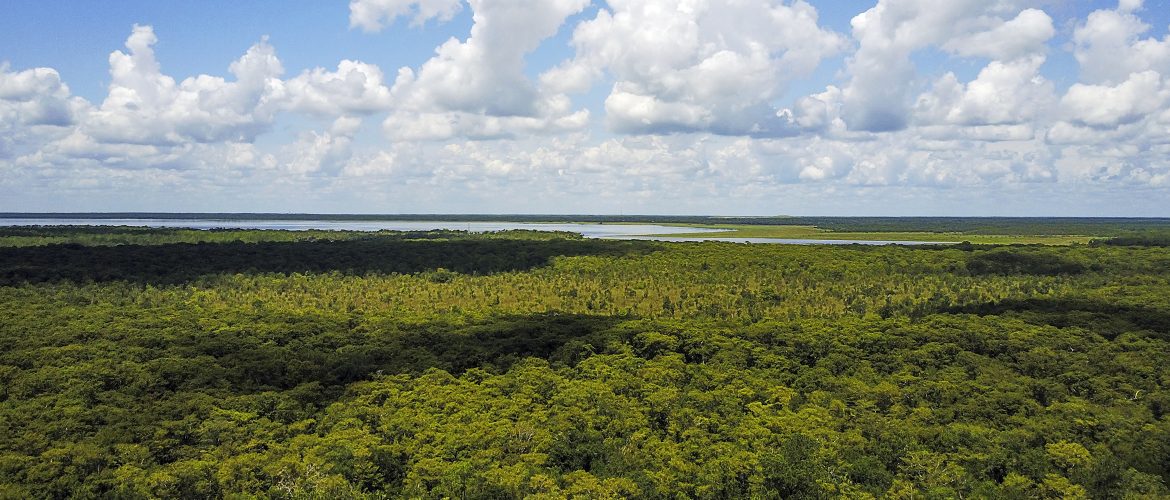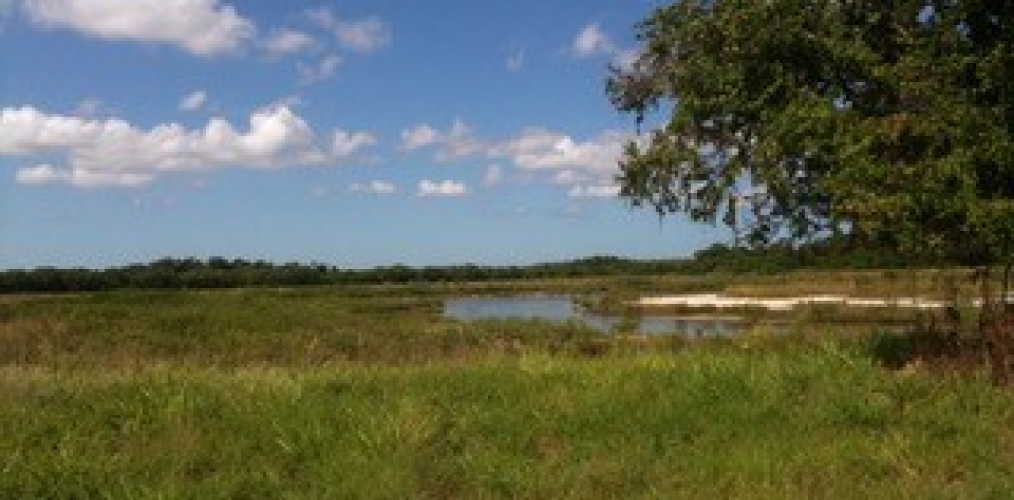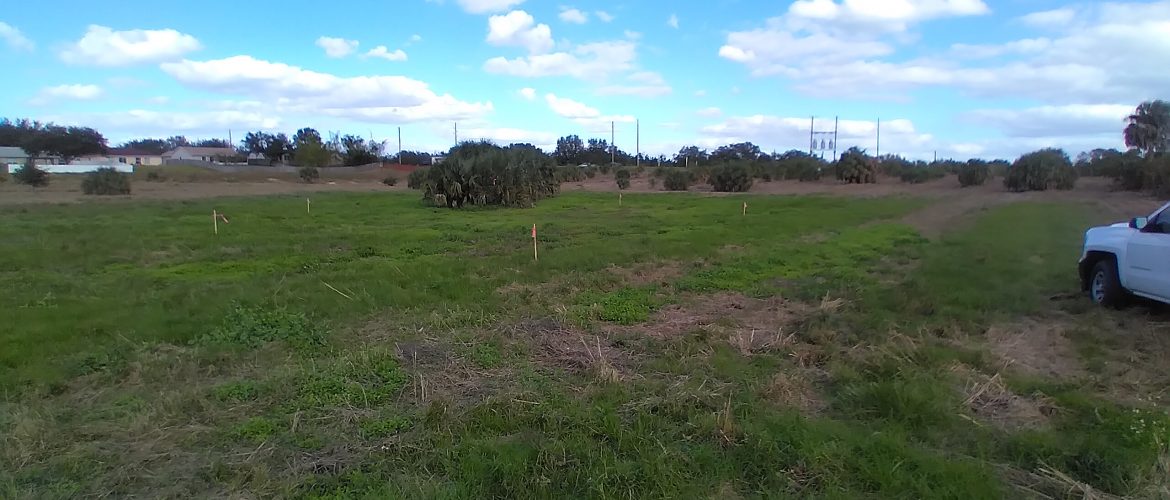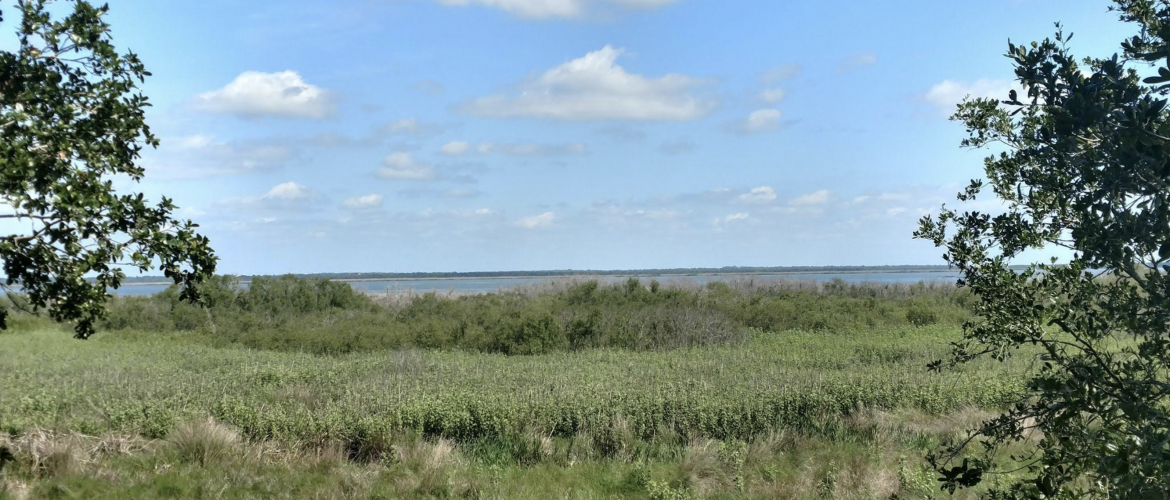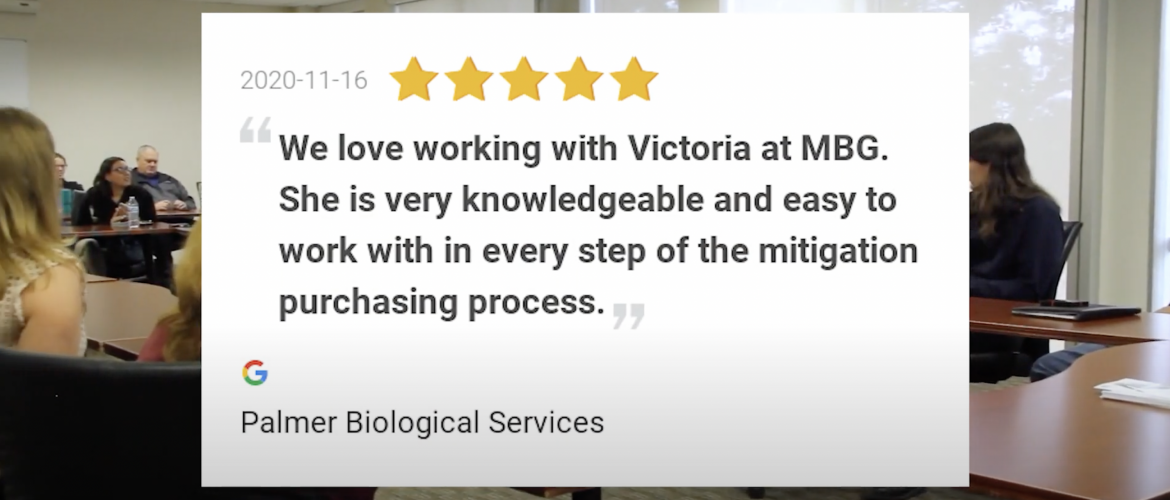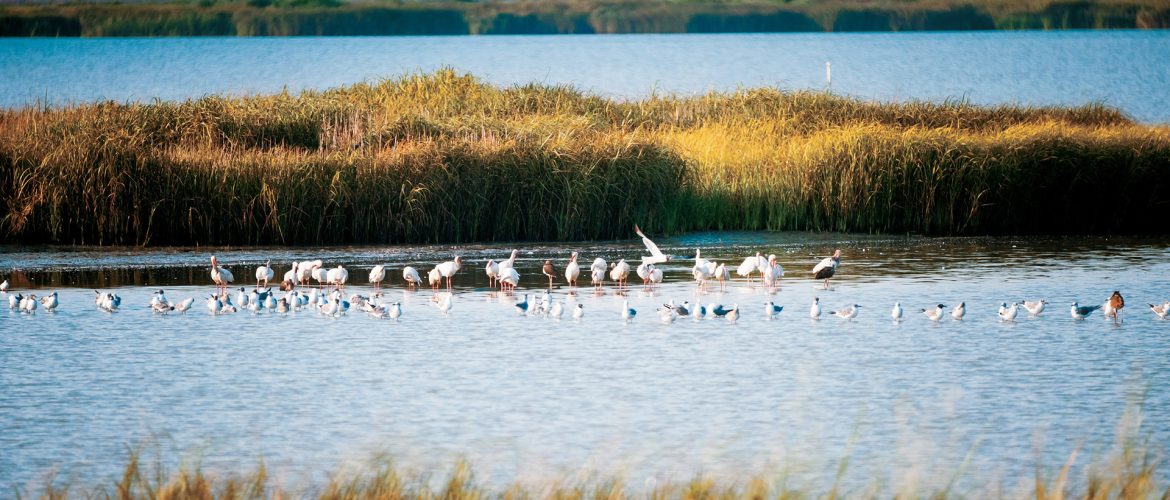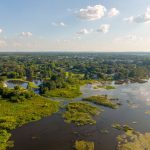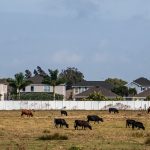Navigating Mitigation Banking for Development Projects About MitigationBankSearch.com Have you just bought a property that you were hoping to build on and found that a wetland habitat is on the property? Is a regulatory agency telling you that you will have to calculate the impacts that your development will have on the wetland and that you will have to purchase mitigation credits for those impacts? Mitigation Banking Group simplifies the process, explaining the steps to take and help you purchase those
What is the Proximity Factor Tool? Conditions for Using Out-of-Service Area Mitigation Banks To utilize mitigation credits from banks outside their service area, the following criteria must be met: No Local Alternatives: Federal credits must be unavailable within the impact area’s basin or HUC. MBI Language: The Mitigation Banking Instrument (MBI) should include language permitting the use of credits for impacts outside the designated service area. This ensures regulatory compliance. Case-by-Case Approval Each instance of using out-of-service
Tampa Bay Florida: Mitigation Credit Availability Update Credit Inventory Low: Tampa Bay Basin: Forested & Herbaceous Mitigation Credits are currently unavailable. All State & Federal Credits are Reserved. Forested Credits are anticipated to be available Quarter 2, 2023. & Herbaceous Credits are currently unavailable (indefinitely?)
Fungible Assets Offset Environmental Impacts Mitigation Credits are part of a thriving ecosystem marketplace. These fungible assets can give return on investment and make the polluter pay–a principle enshrined in climate change agreements worldwide. This industry addresses the cross-sector interests of urban planning and natural resource management. At its core, it seeks to balance human health and biodiversity. It allows for the planning of our built environment alongside the replenishment of our water systems and species habitat. Conservation Economics allows private equity investments into
The Big List of Mitigation Banking Regulations and Guidelines When it comes to mitigation banking, we are going to break down the federal agencies and laws that create this program. A few states, like Florida, have their own Section 404 programs in addition to the federal one and details specific to the Florida program can be found over here. Don’t skip over just yet! While Florida does have its own 404 program,
Mitigation Banking 101: How Does Mitigation Banking Work? Mitigation banking is a market-based solution to natural resource management. The industry moves private equity, and not taxpayer money, into ecosystem preservation and restoration. The program originated over loss of the wetland ecosystem and has since grown to mitigate habitat loss for endangered species and water quality metrics. Mitigation banking is one mechanism for management in the nature resource portfolio, which includes government-funded strategies and other private efforts to restore
Wetland Mitigation Banking Clean Water Act Section 404 HOW DID WE GET HERE? In the 1960’s the Federal Government encouraged land drainage and wetland destruction In 1970’s, increasing awareness that wetlands are valuable areas that provide important environmental functions. In 1970, the Environmental Protection Agency (EPA) was implemented to govern environment protection standards In 1972, The Clean Water Act was established to ADDRESS Water quality standards of: WATER POLLUTION Eliminating discharge of untreated wastewater Section 404 of CWA Requires a permit before impacts are made to a waterbody, including
Lake Jesup Wetland Mitigation Wetland Mitigation Options in Lake Jesup Basin, Florida There are no mitigation banks within the Lake Jesup Basin in Florida. However, there are offsite parcels of land that can be utilized as compensatory mitigation for unavoidable wetland disturbances in Lake Jesup Drainage Basin/Watershed. Mitigation Credits can be purchased from an offsite mitigation area that is preserved with a conservation easement and donated to SJRWMD for the land to be managed in perpetuity. The mitigation needs to stay
My Career in Environmental Restoration began as an intern in 2004, since then I have worked closely with landowners who provide preservation, restoration and enhancement of large tracts of land to manage crucial ecosystems. To obtain a mitigation banking permit takes approx 2-8 years, and the landowner must have a conservation easement on the land as well as a Short Term & Long Term Trust Fund to ensure the land is managed in perpetuity. The Environmental Protection Division (EPA) authorizes wetland
The application of compensatory mitigation policy in the U.S. is responsible for slowing the loss of wetlands that protect coastal communities, for keeping rivers and streams clean for drinking and recreational use, for protecting the remaining stronghold habitats of our nation’s treasured wildlife — all while allowing the economy to continue to grow. Corporations and governments internationally accept compensatory mitigation as a sensible and necessary way of doing business while protecting public values. https://thehill.com/blogs/pundits-blog/energy-environment/340092-no-cleaning-up-after-ourselves-is-not-un-american/

